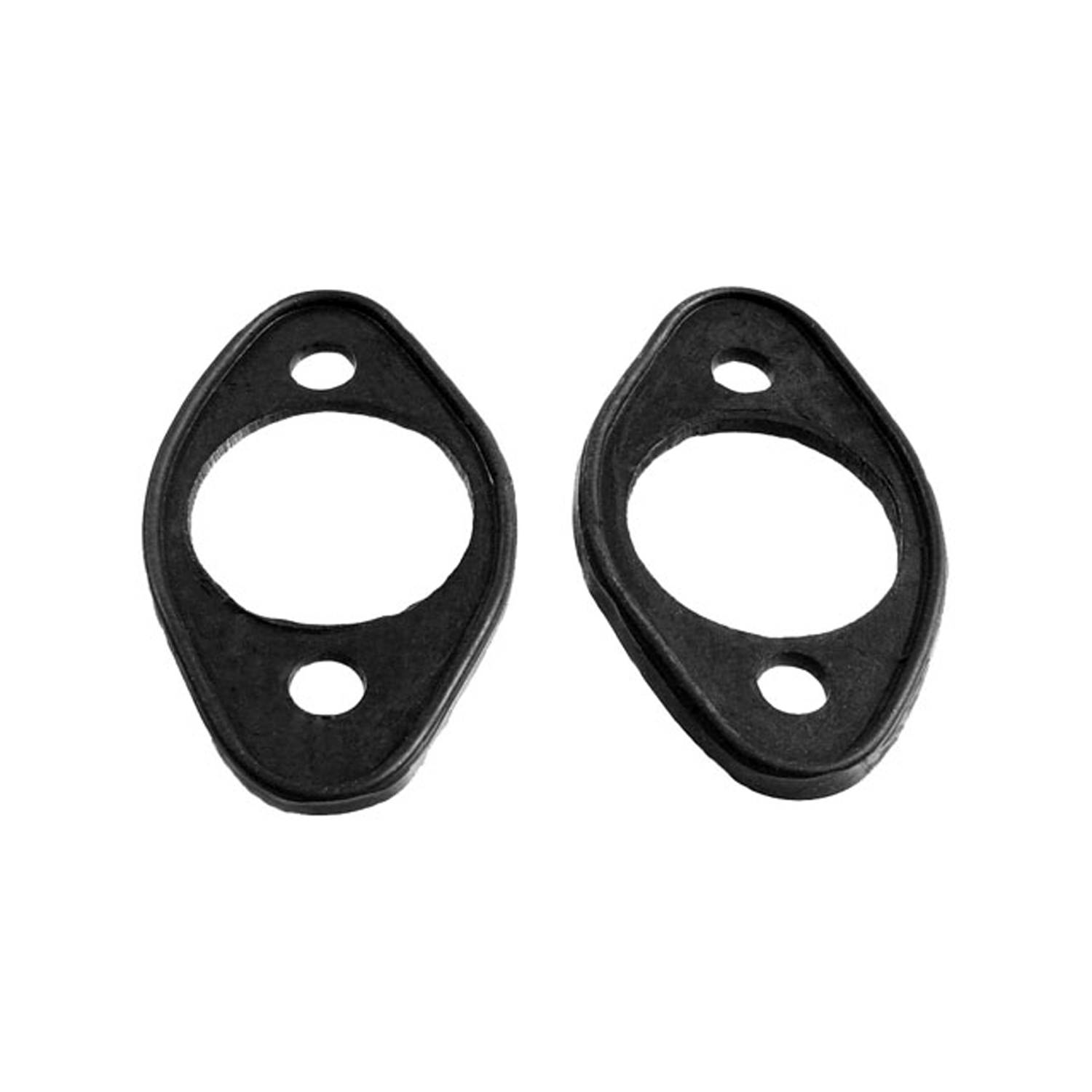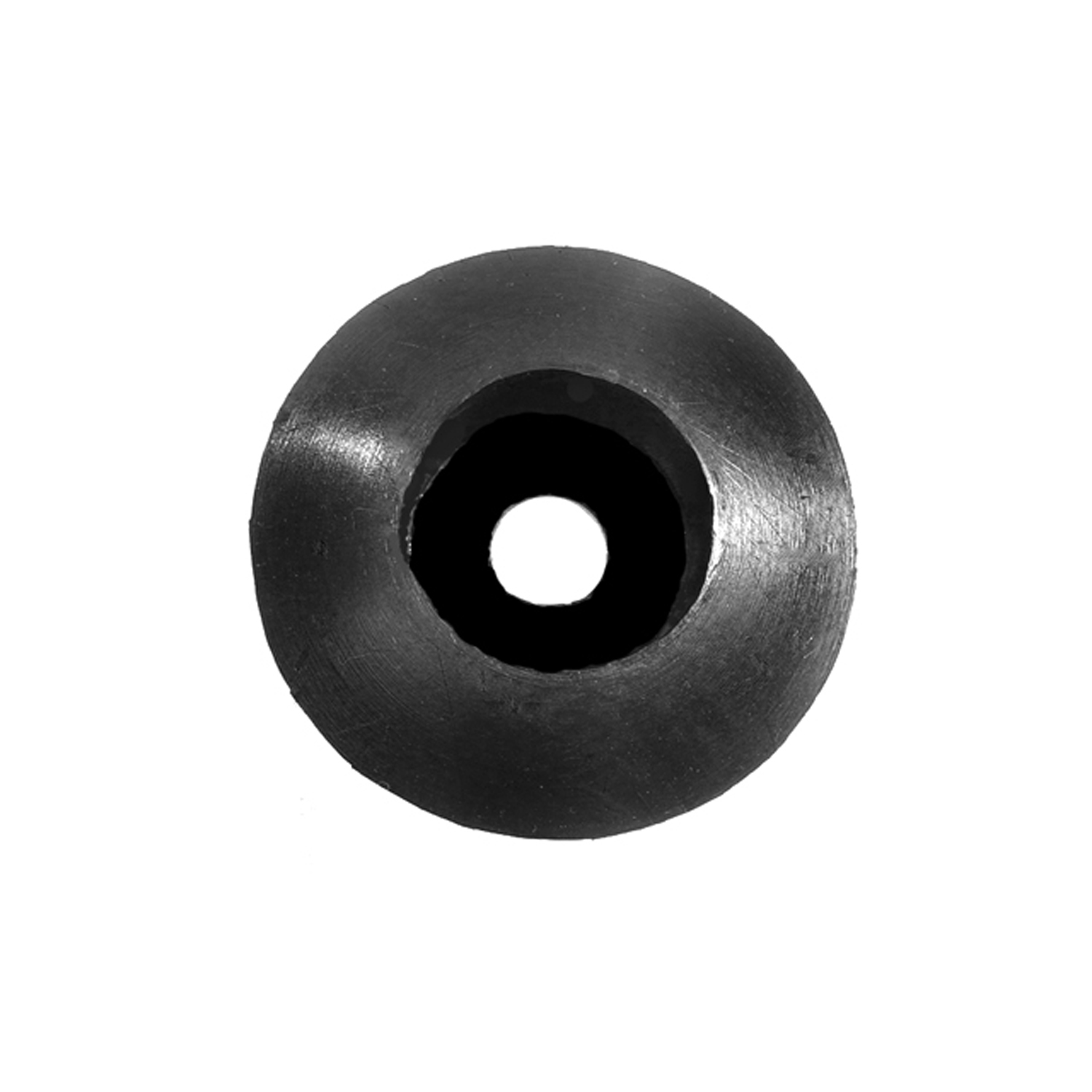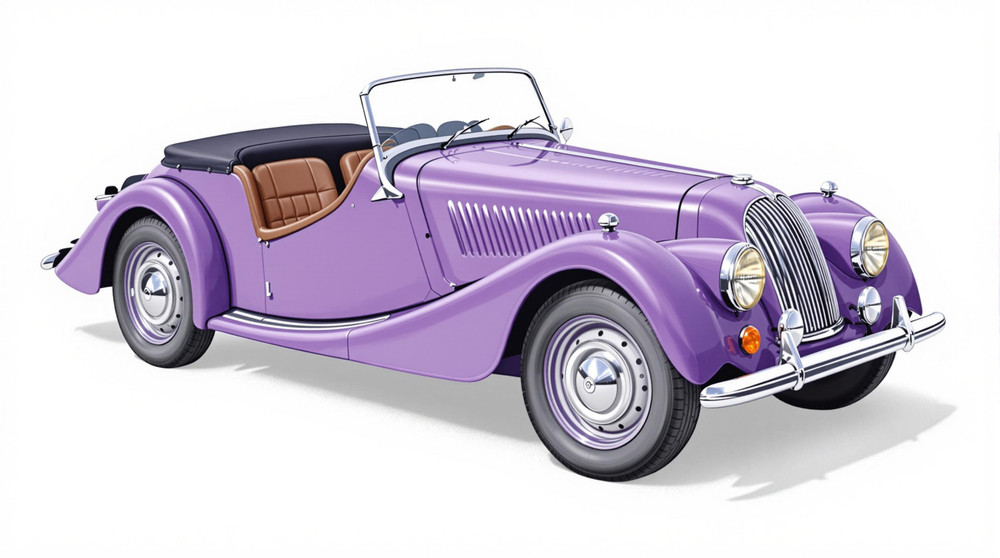Image of 1951 Morgan Plus Four, Note: These illustrations use artistic license and may differ from actual historical models.
Performance Metrics
Fundamental Metrics
Emotional Appeal
MMP Rating
| Engine Specifications | |
|---|---|
| Engine: | Standard Vanguard 2088cc Inline-4 |
| Displacement: | 2088cc |
| Horsepower: | 68hp |
| Torque: | 101 lb-ft |
| Compression Ratio: | 6.7:1 |
| Ignition System: | Coil Ignition |
| Cooling System: | Water-cooled |
| Performance Specifications | |
| 0-60 Time: | 15.6 seconds |
| 1/4 Mile Time: | Not available |
| Top Speed: | 90 mph |
| Transmission and Drive | |
| Drive Type: | Rear-wheel drive |
| Transmission Type: | 4-speed manual |
| Fuel and Efficiency | |
| Fuel System Type: | Twin SU carburetors |
| MPG: | Not available |
| Dimensions and Brakes | |
| Brakes: | Drum brakes |
| Wheelbase: | 96 inches |
| Weight: | 1984 lbs |
Note: Specifications for classic cars are given to the best of our ability, considering the limited and variant data available.
Introduction
The 1951 Morgan Plus Four represents a quintessential chapter in British motoring history, a testament to craftsmanship and traditionalism in an age where automotive design was rapidly evolving. Born in the Malvern Hills of Worcestershire, this vehicle is the brainchild of the Morgan Motor Company, a family-owned manufacturer renowned for its dedication to hand-built cars. The Plus Four emerged during a post-war era when sports cars were gaining popularity, offering a blend of performance and classic styling that resonated with enthusiasts. A notable moment in its storied life includes its remarkable success in endurance racing, such as the grueling 24 Hours of Le Mans.
Design and Innovation
The exterior of the 1951 Morgan Plus Four is a symphony of flowing lines and timeless elegance. Its long bonnet, distinctive grille, and cutaway doors paint a picture of automotive romance. Inside, the cabin is an intimate affair with rich leather and polished wood greeting its occupants, evoking the handcrafted luxury of a bygone era. Technological features were modest but effective for its time, focusing on delivering a pure driving experience. Color options ranged from deep British Racing Green to vibrant reds, with the former often being the color of choice for purists. Body styles included two-seat roadsters and four-seat tourers, but it was the two-seater that captured hearts with its sporty allure.
Historical Significance
The Morgan Plus Four's impact on automotive design was subtle yet profound. It championed traditional coachbuilding techniques at a time when mass production was becoming the norm. The Plus Four stood out for its adherence to a philosophy that prioritized driving pleasure over modernity, influencing small-scale manufacturers to preserve such values in their creations.
Performance and Handling
Underneath its bonnet lay an inline-four engine that propelled the lightweight Plus Four to impressive speeds for its time, with top speeds reaching around 85 mph. Acceleration from 0-60 mph was achieved briskly for a car of this era. On winding roads or when navigating uneven surfaces, the Plus Four demanded skill and offered exhilaration in return. The engine's hum and the tactile feedback through the thin-rimmed steering wheel provided an unfiltered connection between driver and machine.
Ownership Experience
The 1951 Morgan Plus Four was not just a showpiece; it was often used as a daily driver by those who appreciated its simplicity and reliability. Maintenance could be managed by amateur mechanics due to its straightforward mechanicals, making it an endearing choice for hands-on owners.
Fun Facts
This classic has seen its fair share of limelight with celebrity ownerships and has been featured in various motoring publications over the decades. While not known for breaking speed records, it has held its own in endurance racing events. Criticisms typically revolve around its firm ride and minimalistic creature comforts – aspects that enthusiasts argue add to its charm.
Collector's Information
Today, the 1951 Morgan Plus Four holds significant value among collectors, with prices varying based on condition, provenance, and originality. Production numbers were limited due to their hand-built nature; estimates suggest that several thousand may have been produced during this model's run. As for appreciation, these vehicles have seen a steady increase in value over time due to their rarity and desirability among classic car aficionados.
Conclusion
The 1951 Morgan Plus Four is more than just a car; it's a rolling piece of art that encapsulates the spirit of vintage motoring. Its blend of performance, style, and nostalgia continues to captivate those who cherish automotive history. Owning one is not merely about transportation; it's about preserving a slice of heritage that still thrills on the open road.
1951 Morgan Plus Four Catalog of Parts
 1951 Morgan Plus Four Door Handle Pads. For all models with outside door handles-MP 1012-DDoor Handle Pads. For all models with outside door handles. 1-3/8" wide X 2-3/8" long. Pair
1951 Morgan Plus Four Door Handle Pads. For all models with outside door handles-MP 1012-DDoor Handle Pads. For all models with outside door handles. 1-3/8" wide X 2-3/8" long. Pair 1951 Morgan Plus Four Steering Column Grommet. 1/2" I.D., 2-1/2" O.D. Each-SC 20Steering Column Grommet. 1/2" I.D., 2-1/2" O.D. Each
1951 Morgan Plus Four Steering Column Grommet. 1/2" I.D., 2-1/2" O.D. Each-SC 20Steering Column Grommet. 1/2" I.D., 2-1/2" O.D. EachWhy Choose Metro?
For over 100 years, Metro Moulded Parts has been the pinnacle of quality in classic car restoration parts. Our commitment to precision and authenticity in every component ensures a perfect fit and an OEM-level appearance.
- Expert Craftsmanship & Quality: Each part is a testament to our dedication to reliability and perfection, crafted from original designs and thoroughly tested.
- Advanced Technology: We use cutting-edge techniques to create flawless, long-lasting parts that surpass others in performance.
- SuperSoft Sponge – The Ultimate Door Seal: Not only are our door seals 30% softer than competitors', but they're also guaranteed to never leak. They effectively reduce wind and road noise, enhancing your classic car's comfort and driving experience.
- Proudly American: Our parts are a product of American craftsmanship, made in the USA with a spirit of excellence and heritage.
- Unrivaled Warranty: We back our products with a 30-year industry-leading warranty, a testament to our confidence in their quality.
Join us in preserving the legacy of classic cars with parts that are crafted for perfection, not just made.

